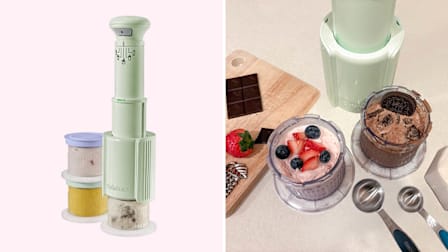Best Salad Spinners
Salad devotees know that a good salad spinner is a non-negotiable, and we tested a bunch to find out which got our greens the driest fastest
When you shop through retailer links on our site, we may earn affiliate commissions. 100% of the fees we collect are used to support our nonprofit mission. Learn more.

Confession: I love a good salad and often eat an embarrassingly huge one for lunch and maybe even a side salad with dinner on the same day. All that salad eating adds up to a lot of veggie prep. And one tool I can’t live without is my salad spinner, which helps me clean and dry my leafy greens quickly.
I know what you’re thinking: You don’t need yet another step in your salad-prep process. Or you don’t want to dirty another item. I hear you; I felt the same way for a long time. But this gadget can help with issues that can arise. One: Sometimes dirt is not immediately visible on the greens, which gives the impression that there is no dirt.
That’s not necessarily true, says Consumer Reports nutritionist Amy Keating: “If you fill the salad spinner with water and gently move around the greens, then pull out the basket, you can often see dirt and debris before you dump the water,” she says.




















